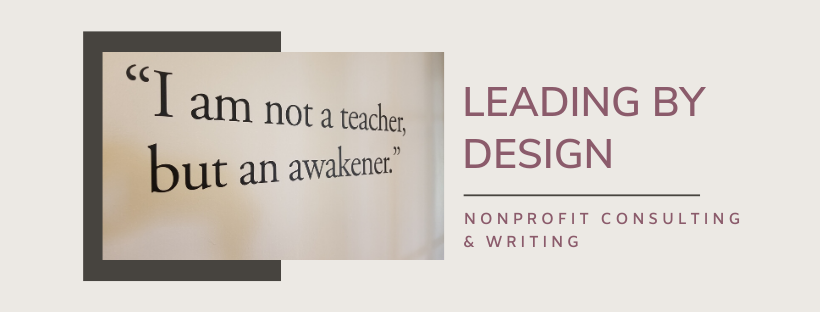As a presenter at the recent Conversations In the Disciplines: The Present and Future of Public History in New York State , a convening of public historians and students sponsored by the History Department at SUNY Albany, I had the opportunity to consider some of the broad issues facing history museums and historical societies in our state. Some of my comments seemed to hit a nerve with the audience, so I thought I'd share them here with the hope that you'll want to weigh in. I'm just back from a very brief visit and presentation at the Seminar for Historical Administration, a 3-week immersion for history museum leaders co-sponsored by the American Association for State and Local History, Colonial Williamsburg, the National Trust for Historic Preservation, and others. Institutions as large as The Henry Ford and as small as the local history museum in Wasilla, Alaska, participated in the seminar this year. It was clear that by the time I was schedule
